In early March, the test boats could only find about a third of the 84,000 tons predicted by DFO. The fish eventually appeared, but it raised yet more questions about the complex life history of these amazing fish: Where were they? and why couldn’t the test boats find them? The migratory SOG herring populations, the critical forage species so important for the entire marine food web, migrate into the SOG via Juan de Fuca and wait in the deeper waters off Gabriola to Comox while the eggs and milt grow and mature. They stay in the deep as it is safer. Once they reach maturity, they move into shallow waters and eelgrass beds to spawn, where they are preyed upon by all the seabirds, eagles, sea lions and other creatures who need them for their survival. It is very difficult for the test boats to find them when they are wisely hiding out in the deep.
More good news was they spawned where they hadn’t been in a long time; small schools were reported near Powell River and down off Nanaimo north to Parksville. The very good news was the location of schools south of Nanaimo near Valdes and Galiano Islands, and small spawns reported near Victoria and Saltspring Island. The main spawns were off the northeast side of Denman Island and down off Qualicum Beach. The seiners got their approximate 3,400-ton quota off Denman, and the gillneters about the same quota off Qualicum Beach. This is quite different in that the roe fisheries in the last 20 years have mainly been around Hornby and Denman. There were very few boats in Ford Cove this year, and very light spawns around Hornby, which is also unusual.
At the end of March, the DFO divers measured the depth and width of the spawn. The report, which comes out from DFO in July based on the dive surveys, will give a much better idea of where the spawn was. From this report, predictions will be made for next year. This is the basis for the Herring Integrated Fisheries Management Plan for 2024/25, which comes out in November each year.
In summary, the good news is that the 10% quota resulting in an 8,400-ton fishery is half of what it was three years ago. I think this resulted from our extensive public education and lobbying against the herring fishery. I also think the smaller fishery resulted in spawns beyond Hornby and Denman, where there were once extensive herring spawns. Leave them alone, and they will return. As Chief Eric Pelkey so wisely says to sum it all up: “Let the Herring Live.”
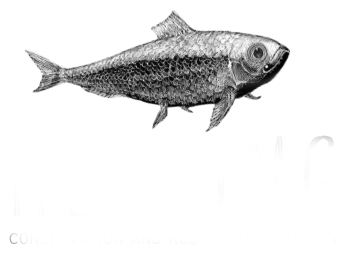

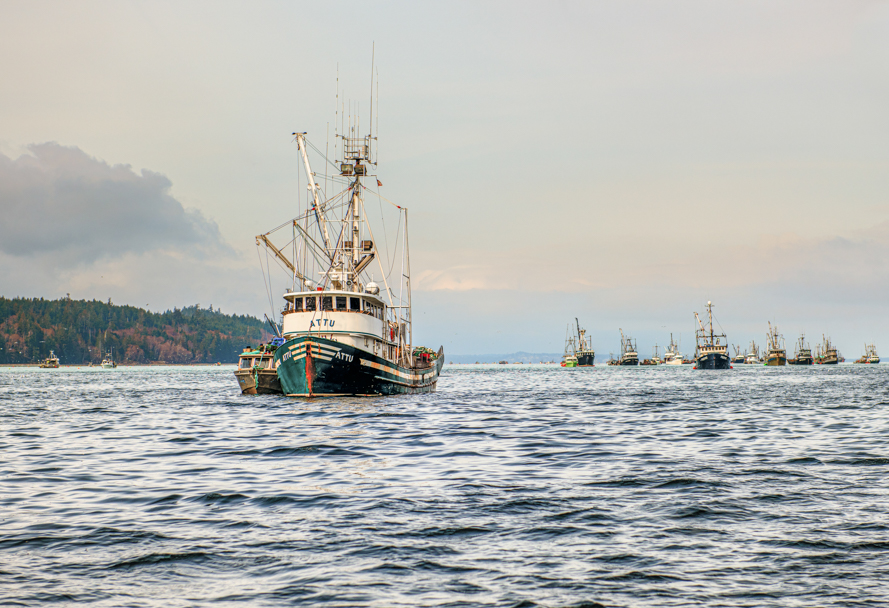
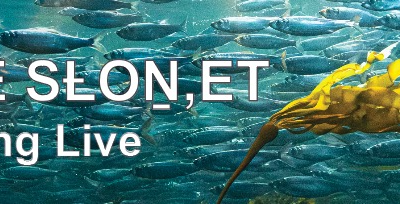
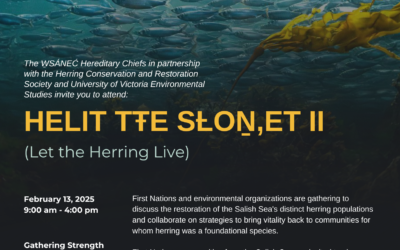
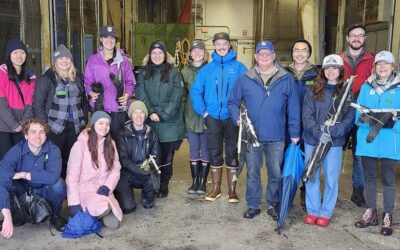
0 Comments